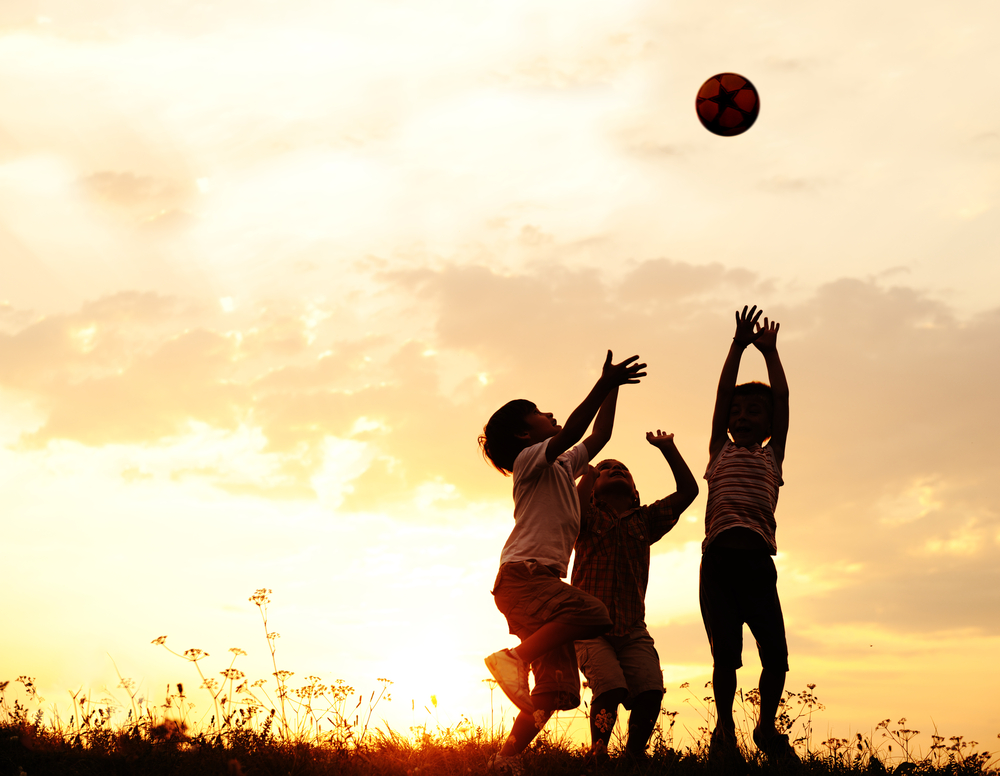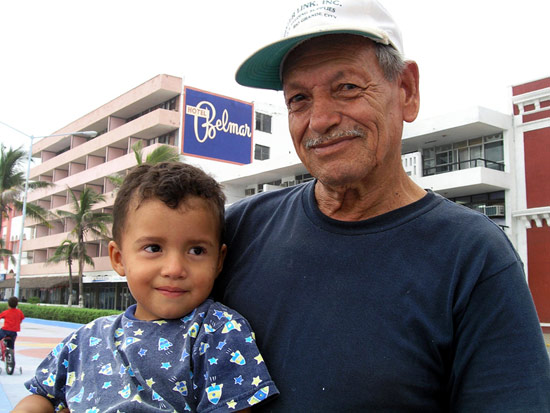Life Stages: Childhood
Mexican children receive tremendous care, attention, and protection from elders throughout their childhood. They grow up learning about their surroundings, religion, culture, and society under the watchful supervision of family adults.
Traditional Practices
Traditionally, grandparents and godparents nurture children while parents go to work. They teach young children about social life, spirituality, obedience, and respect for their elders. They also participate in blessing an image of the Christ Child during the Christmas season (el arrullo del niño Jesus), “crown” ceremonies (de la corona) where a child receives a toy and a blessing, and evangelios, or prayers for a sick child’s health.
Infant Development Centers run by the Mexican Education Ministry, the Mexican Institute of Social Security, and the Institute of Security and Social Services for Governmental Employees also provide early childcare and development services.
Typical childhood activities in Mexico include going to school, doing homework, playing games with children of similar age, cleaning their own rooms, and learning gender-specific tasks. Mexican children also eagerly wait for the annual Children’s Day celebrations (April 30), marking the traditional appreciation of childhood throughout the country.
Having two or more children is highly valued in Mexico, but discrimination on the basis of gender is also prevalent. For instance, most families prefer having at least one son who can be the unique bearer and protector of the family lineage. Favoritism is shown towards male children, although daughters are also highly prized.
School Prioritized
Mexican parents encourage their children to achieve the highest levels of education possible. Most children are enrolled in kindergartens or preschools between the ages of three and six. Mexico provides free and compulsory primary education between the ages of six and 15. The federal government, the states, and municipalities also facilitate preschool, primary, and secondary education, with emphasis on vocational and technical training. Many girl and boy students pursue their secondary education up to the age of 19 and then go on to university.
Child labor is viewed as a necessity rather than a social problem among poor rural families in Mexico. Faced with far-flung schools and an inadequate transportation system, rural children often give up schooling and get involved in agricultural labor, factory work, or street vending.
Copyright © 1993—2024 World Trade Press. All rights reserved.

 Mexico
Mexico 
